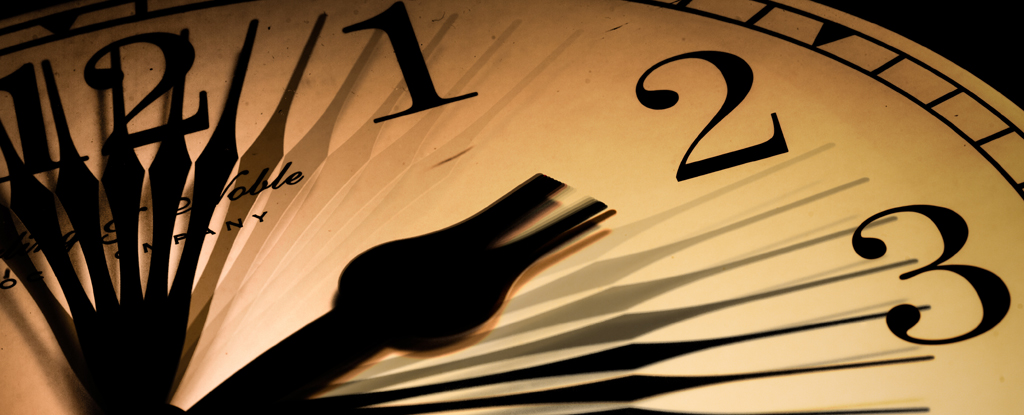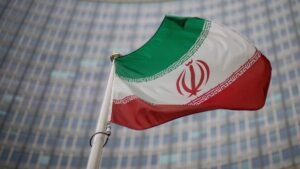
Scientists from Uppsala University in Sweden have introduced a groundbreaking method for measuring time at the quantum level, a significant advancement detailed in their study published in Physical Review Research. This novel approach circumvents the need for a conventional starting point, enabling more accurate time measurement in scenarios where traditional timing methods falter.
Understanding the Quantum Challenge
In everyday life, measuring time often involves simple tools like clocks that count seconds. However, at the quantum level, time becomes less predictable. The concept of ‘then’ and ‘now’ can blur, making traditional stopwatches ineffective. Researchers have turned their attention to the behavior of Rydberg atoms, which are atoms that have been excited to very high energy levels through laser stimulation. These atoms can provide a unique perspective on time measurement.
Rydberg atoms, often described as the “over-inflated balloons” of the atomic world, have electrons that orbit far from the nucleus. This expansive configuration allows for intricate interactions when subjected to lasers. Specifically, the researchers employed a technique called ‘pump-probe’ spectroscopy, which measures the changes in electron positions and can track ultrafast electronic processes.
New Insights from Rydberg States
The research team focused on the wave-like nature of Rydberg states, discovering that by examining the patterns formed when multiple Rydberg wave packets interact, they could derive a reliable method of tracking time. This phenomenon is akin to observing ripples in a pond, where each ripple pattern correlates with a specific duration of time.
“If you’re using a counter, you have to define zero. You start counting at some point,” explained Marta Berholts, the lead physicist. “The benefit of this is that you don’t have to start the clock – you just look at the interference structure and say ‘okay, it’s been 4 nanoseconds.’”
By measuring the interference patterns of laser-excited helium atoms, the researchers demonstrated that these unique signatures could effectively serve as a form of quantum timestamping. This allows for the measurement of events that occur in extremely short time frames, as brief as 1.7 trillionths of a second.
The implications of this research extend beyond mere academic interest; they could significantly impact the design of future quantum technologies, including quantum computers. By employing this new technique, engineers may develop enhanced components that leverage the dynamic behavior of Rydberg atoms.
Future experiments may involve different atomic structures or varying laser energies to further expand the capabilities of this innovative time-measuring method. The potential applications span a range of scientific fields, providing a new tool for researchers working with phenomena that occur on incredibly short timescales.
This study not only advances our understanding of quantum mechanics but also opens the door to novel practical applications in technology and research. As physicists continue to explore the nuances of quantum states, the quest for precise measurement methods remains a pivotal area of study in modern science.







